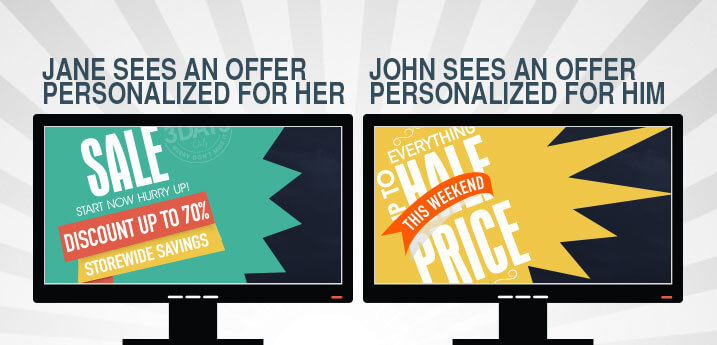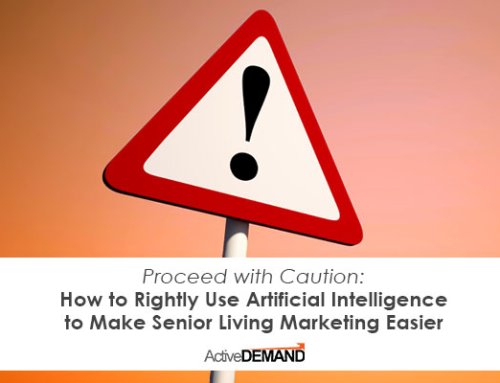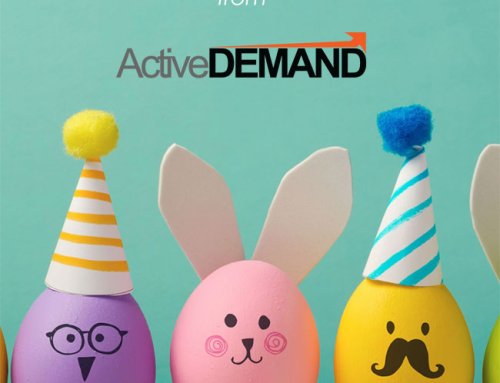Understand the Difference Between Web Personalization and Personalization
If you ask marketers today if they’re using personalization, most of the time the answer is a resounding YES. This can refer to something as simple as using a contact’s name in an email, but the bottom line is personalization makes the connection and engages the user. Going even further, web personalization uses dynamic content and information about the user to contextualize the experience and build engagement. Some questions answered with web personalization are: Has the visitor been to your site before? Did another website refer them to you? What country do they originate from?
The Difference is Data
Genuine web personalization makes use of the information gathered from user interactions, so elements such as web banners display personalized messages specific to the current user. The main banner may read “Welcome Back, John” instead of just “Welcome to our Site!” Likewise, if the customer was referred from, Drupal.org for example, you don’t want to be highlighting all the great things your company does with WordPress. It’s not relevant or appropriate. But with the use of dynamic content and the data collected, your website automatically presents a personalized message indicating the referrer as Drupal.
Cut Through the Noise, Focus Your Message
Web personalization can be described as the real-time individualization of a site to cater to each visitor’s unique needs, and direct them through a custom conversion funnel. Marketers understand that people are drowning in a sea of information and options. Web personalization effectively cuts through the noise and brings your message into concise focus, guiding visitors through their custom-designed funnel, crafted just for them and their individual needs.
How exactly are marketers personalizing sites?
• Pop-ups (messages of varying sizes)
• Inline content (inserted text or images)
• Information bars
• Call-outs (short explanatory messages)
• Inline edits (text or images that change)
• Survey questions (interactive polls, etc.)
Personalization is a great tool for moving users through the marketing funnel. It’s important to note, however, that adding dynamic content without thought to how it answers the user’s intent is like a movie that is all special effects and no story. With so much big data, it’s easy to get lost. Remember to focus on user intent, context, and motivation.
In the end, what’s most important is understanding who the visitor is, why the visitor is there and where the visitor is in the buying process. With data and web personalization, each visitor is engaged on a level relevant to them.




